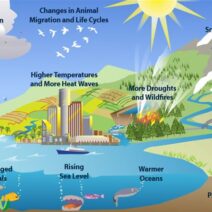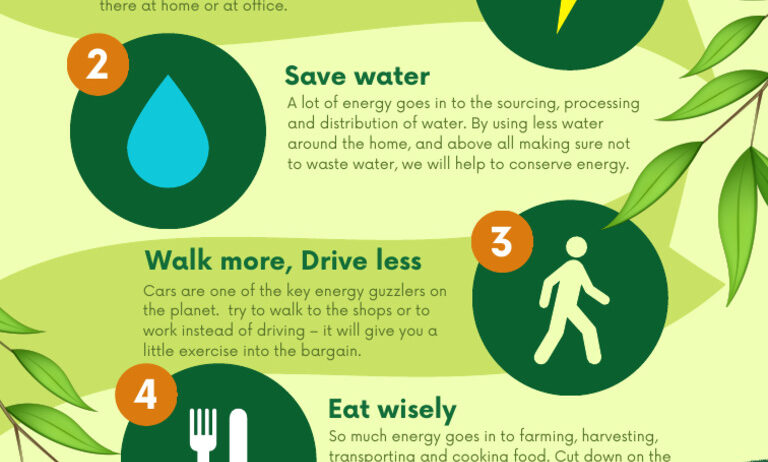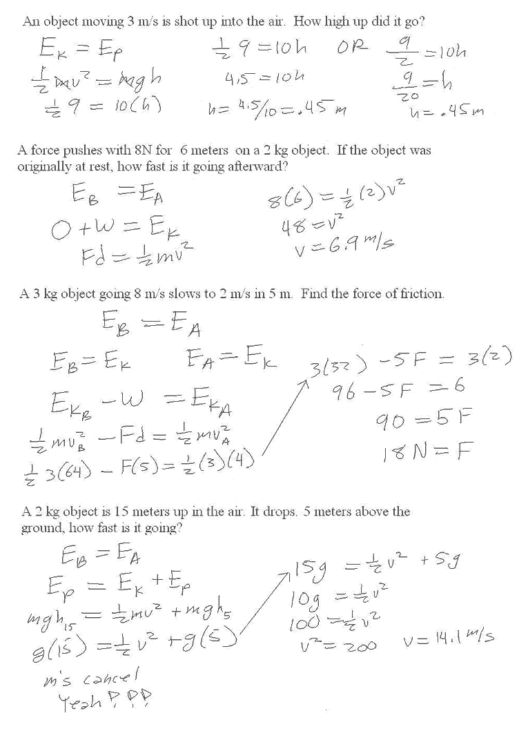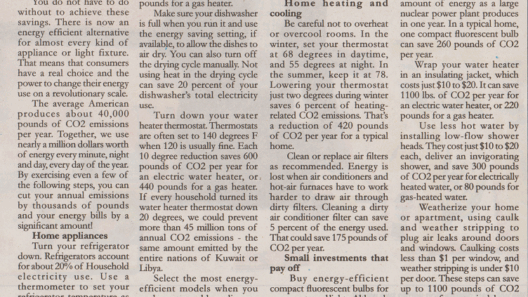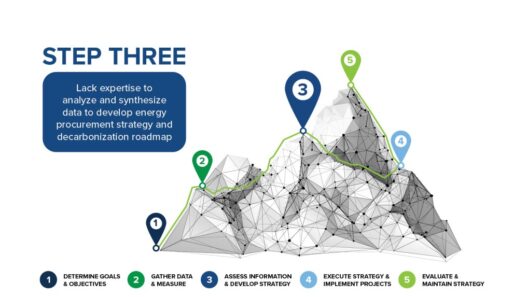Energy conservation is akin to a meticulous gardener tending to his plants, carefully nurturing them to flourish with minimal resources. Just as the gardener employs skill and wisdom to cultivate a thriving green space, individuals and communities can harness specific methods to conserve energy effectively. Here, we delve into two primary avenues for energy conservation: alterations in behavior and the adoption of energy-efficient technology.
First, let’s explore behavior modifications. This is the foundation upon which all energy conservation rests. The choices we make daily resonate like ripples in a pond, extending into our consumption patterns. One of the most profound actions one can take is to cultivate an awareness of energy use. This begins with simple practices: turning off lights when leaving a room, unplugging devices that are not in use, and utilizing natural light whenever possible. Each of these actions echoes a commitment to sustainable living.
Imagine standing on the shore, watching the tide pull back with each wave retreating. This is what happens when we take deliberate actions to reduce our energy dependence; each small effort pulls back the tide of unnecessary consumption. A critical component of this behavioral shift is fostering a culture of conservation within households and communities. Engaging family members in energy-saving discussions and creating challenges—such as a week-long “energy detox”—can motivate collective action.
Moreover, behavioral shifts can significantly impact heating and cooling practices. Did you know that a significant portion of domestic energy use is attributed to temperature control? Adjusting the thermostat by just a couple of degrees can yield substantial savings. In winter, setting the thermostat to a cooler yet comfortable level, and donning warmer clothing, allows one to maintain warmth without cranking up energy consumption. In contrast, controlling cooling through proper shading and ventilation in warmer months can mitigate the over-reliance on air conditioning. Here, nature becomes an ally—a well-placed tree can reduce cooling needs by up to 30%.
The second major method of conserving energy is through the adoption of energy-efficient technologies. It’s akin to using a sharp knife instead of a dull blade; the effort expended is considerably less, yet the outcome is far superior. Energy-efficient appliances are designed to use less energy while delivering the same level of performance. Washing machines, refrigerators, and computers manufactured with high efficiency ratings consume significantly less electricity than their less efficient counterparts.
One of the most compelling examples of energy-efficient technology is LED lighting. Transitioning from incandescent bulbs to LED fixtures is a straightforward yet impactful choice. LEDs use about 75% less energy and last up to 25 times longer than traditional bulbs, translating into tangible savings on utility bills and a reduction in energy demand on a broader scale. This switch is not just a flick of a switch; it symbolizes an enlightened approach to energy usage.
Furthermore, integrating smart technologies into homes—such as programmable thermostats, automated lighting systems, and smart meters—offers unprecedented control over energy consumption. These devices, akin to a finely tuned orchestra, harmonize energy use with the natural rhythms of daily life. A programmable thermostat can adjust temperatures based on occupancy patterns, ensuring energy is not wasted when spaces are uninhabited. This seamless interface between technology and human behavior exemplifies the potential for innovation to bolster conservation efforts.
Utilizing renewable energy sources—such as solar panels or wind turbines—also amplifies efforts toward sustainability. While an initial investment may be required, the long-term benefits in energy savings and environmental impact cannot be overstated. The energy landscape is changing, and individual contributions through the adoption of renewable technologies can create a ripple effect, encouraging communities to embrace sustainable practices.
Adopting energy conservation techniques not only reduces one’s carbon footprint but also promotes a responsible stewardship of the planet. The interconnectedness of energy choices and environmental health creates a compelling case for adopting both behavioral changes and technology upgrades in daily life. Each small step toward conserving energy reflects a larger commitment to sustainability and environmental consciousness.
In conclusion, conserving energy equates to a meaningful act of nurturing our planet, akin to gardening. The dual approach of modifying individual behavior and implementing efficient technologies paves the way for substantial energy savings and a reduced ecological impact. These two avenues, while distinct, operate synergistically—much like the soil and sunlight work together to foster growth. As individuals and as a society, it is imperative to recognize the power within our choices and the impact they have on the world around us. By adopting these quick and effective methods, we cultivate not only our homes but also a sustainable future for generations to come.

